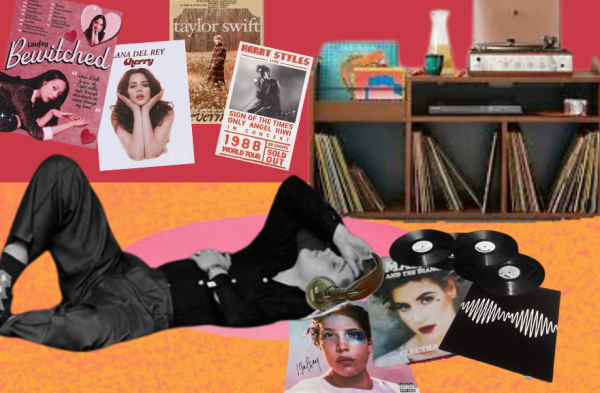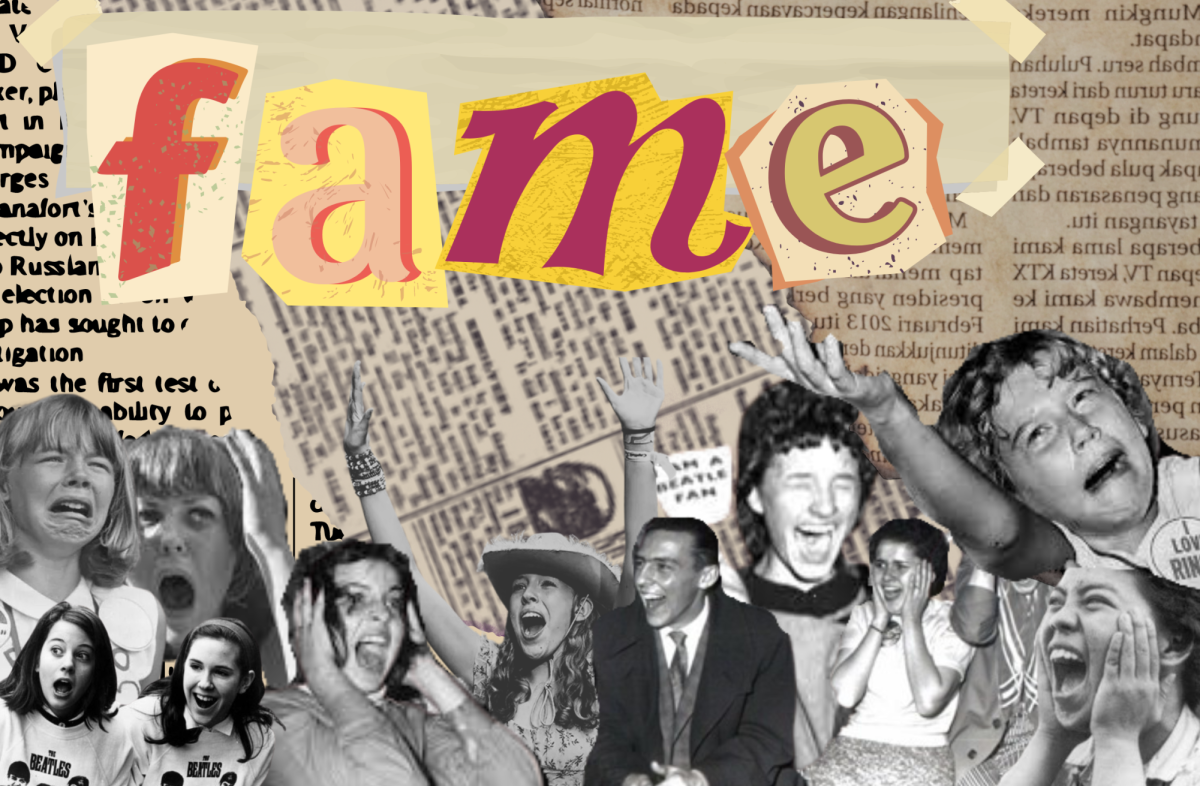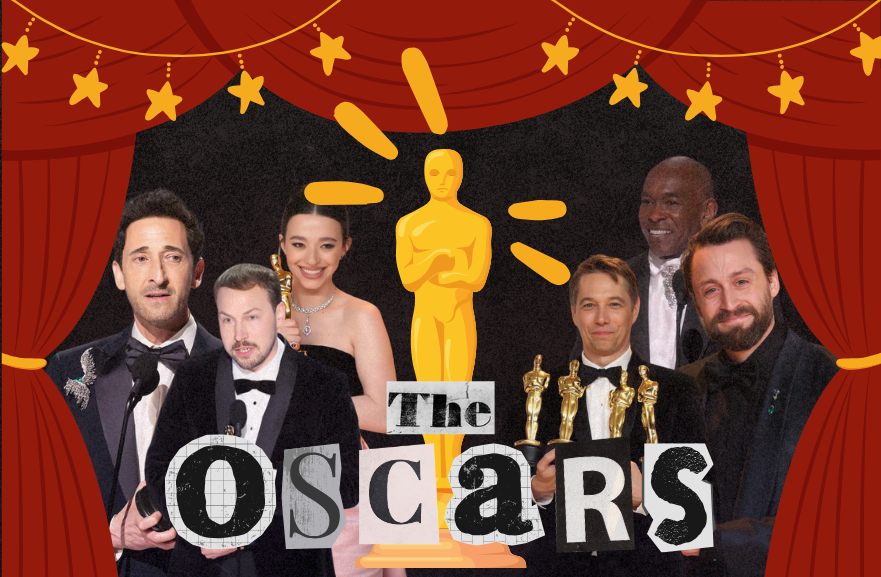From singer and actor Elvis Presley’s rapid rise to popularity in 1956 to singer-songwriter Taylor Swift’s newfound stardom in 2006, celebrity culture has always been a staple of teen life. The “stan” relationships between many of these celebrities, fans, and non-supporters question how healthy it is to idolize a celebrity and the boundaries these fans need to establish.
The term “stan” was coined by American rapper Eminem in his 2000 song “Stan,” which combines the words “stalker” and “fan.” The term was initially used to categorize the most obsessive of fans that threaten a celebrity’s safety, often on a criminal level. Today, however, it’s become a common term to refer to massive fan bases obsessed with some celebrities. Many fans are so emotionally invested that they experience a “parasocial relationship.”
A parasocial relationship is a one-sided relationship where an individual is financially and emotionally devoted while the other—the celebrity—is unaware of the other’s existence. Celebrity worship syndrome (CWS) falls into this category, and while it is healthy in moderation, it can grow to a borderline pathological level. The condition is more common in adolescent girls and can lead to increases in addictive, materialistic and anxious behavior.
Elvis and The Beatles
When Presley began performing he specifically catered to his female audience. Presley’s manner of dancing and singing love songs combined with sheer charisma were revolutionary for young male musicians. Aside from Presley, no one proficiently replicated his success until The Beatles. During the 1960s “Beatlemania” spread across the U.S. and U.K., solidifying fan culture for the next 40 to 50 years, yet it is set apart by how The Beatles and other celebrities made money. Beatlemania was a massive movement in which crazed fans of The Beatles worshiped the band to near riot levels.
Before the 2010s, celebrities made most of their money through record deals, tours, and merchandising. The Beatles went on to copy Disney’s successful merchandising empire, where they would sell a variety of random products such as bubble gum, brushes, wigs, and nylon stockings. Merchandising provided celebrities with a majority of their profits until social media and streaming services forced a shift in how celebrities could profit from fans.
“Napster,” “MySpace,” and “Facebook”
“Napster” was the first popular music streaming service, with over 57 million users during its peak in 2001. The service made it free to download music until a breach-of-copyright case, which was filed by Metallica, to charge users. While many streaming services were created after “Napster”, as of now “Spotify” reigns as the most commonly used streaming service with 350 million users. “Spotify” only pays musicians a fraction of a cent for a single stream of their song, an insufficient amount for most individual artists. Despite this, it has proven highly successful for record labels that have contracts with “Spotify” and other streaming services. This made many artists rely on alternative means of making money.
In the era of “Napster,” “MySpace” was also released in 2003, followed by “Facebook” in 2004 as the first widely successful social media platforms. Many popular celebrities of the 2000s, specifically One Direction star Harry Styles and Taylor Swift, were able to create dedicated fan bases across the platforms. On top of this, styles of music such as Korean-Pop (K-pop) have been able to gain success on a global level. This is largely helped by the connections these groups have been able to gain through established fan bases via social media.
Social media has allowed fans to easily share information, communicate, and interact with celebrities. While on the flip-side, celebrities are able to profit from brand deals and sponsorships via their online presence. For celebrities to seal these deals, they need their fan bases to actively engage and trust them. However, this leads to massive “stan” groups receiving instant connection between one another as well as their idols.
Social media is harmful to young people’s self-perception, given the constant viewing of celebrities. One example is the Kardashians, who are well known for their use of “Photoshop” plastic surgery and filters creating unrealistic beauty standards. The melting pot of mental health issues, generalized internet rage and the need for loyal fans to ensure profit, creates the perfect space for toxic fans. Much of this negative energy is channeled through cyberbullying and online stalking.
Fountain Valley High School sophomore, Brandon Le said “micro-aggressions displayed by many K-pop fans. There are a lot of beauty and self-image issues in these fandoms but they will fiercely deny this. Within their own fandoms, if they like one celebrity over another, they can cyber bully and verbally harass people.”

Artists such as Charlie Puth and Halsey have reached superstardom due to social media, allowing them to share their content with a wider audience at a lower cost. It’s allowed people who share a common interest, such as a love for an individual, to seek out a supportive community, yet it can go in both a positive or negative direction.
“I think it can motivate people to be better but also justify their harmful actions,” said HBHS sophomore, Lana Cheng.
Other artists like Swift have utilized their platforms to promote their music and successfully create a profitable platform while appearing “authentic” towards fans. Even so, “Swifties” are among the most notorious for lashing out toward those who do not stand with Swift, giving her a cult-like following.
So, at what point does the artist need to step in and stop their fans from mass hate and at what point do fans need to stop respecting celebrities? While this decision is made on a personal level, the overarching role of social media and mass hate must be acknowledged.








